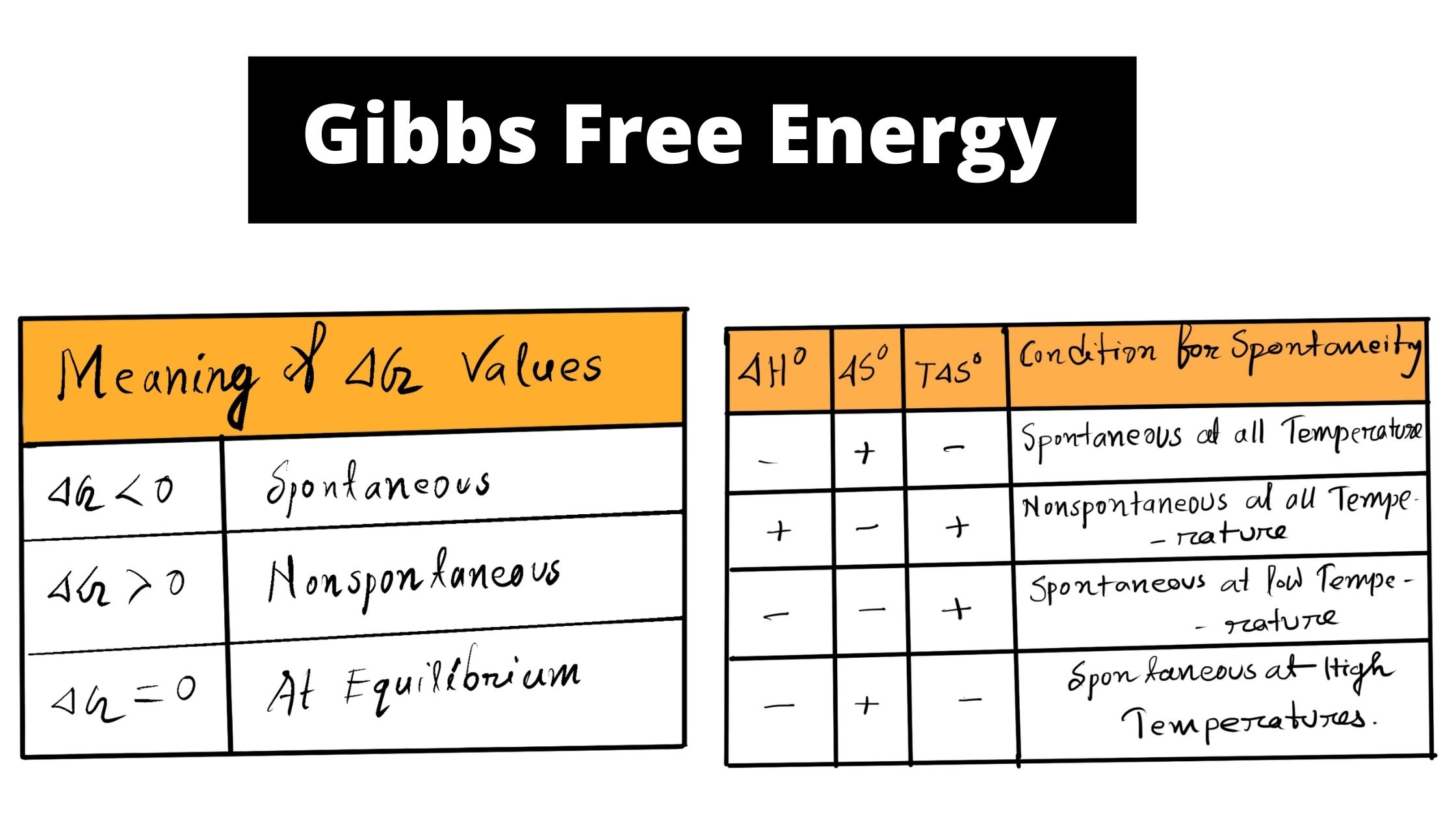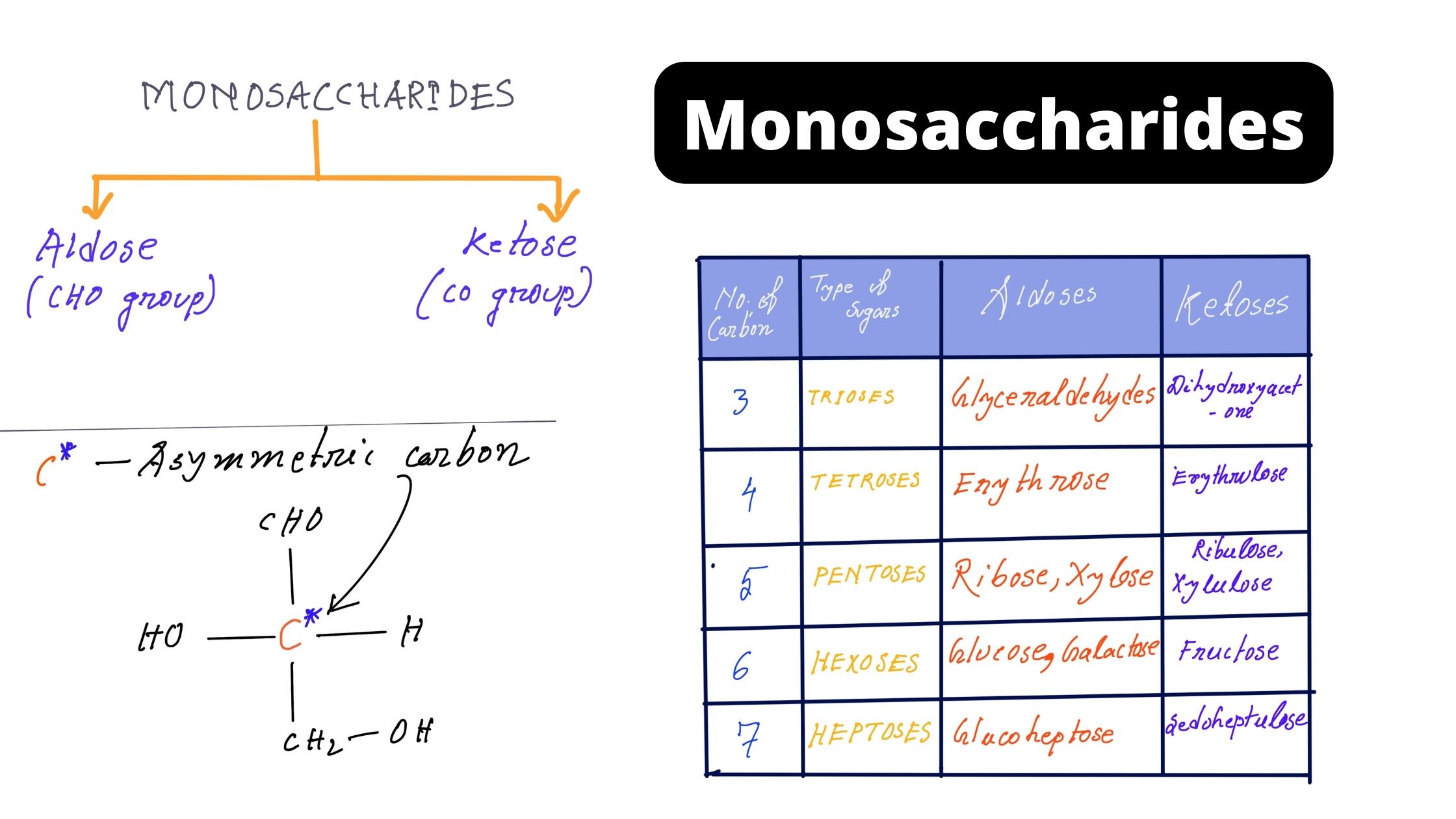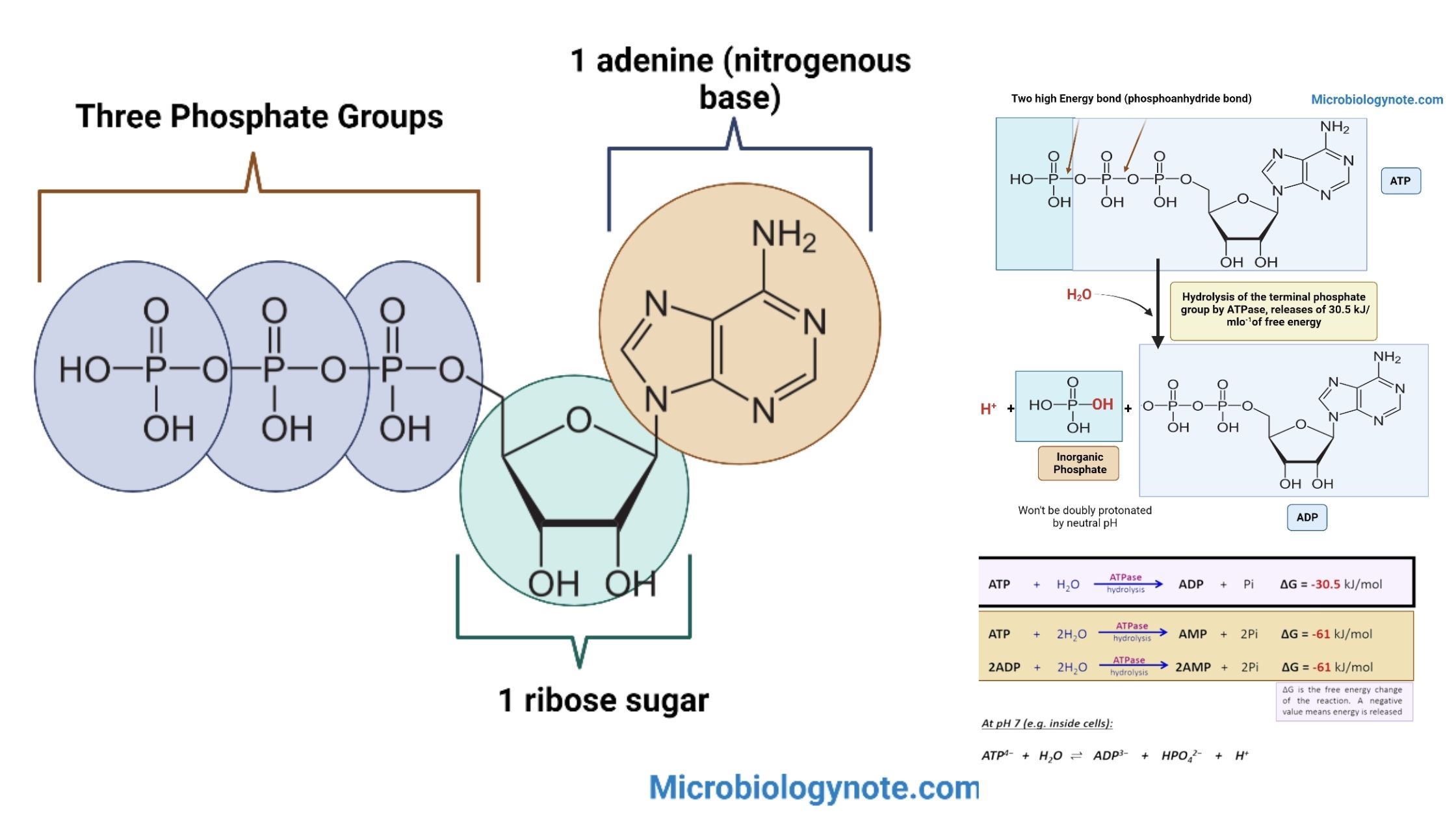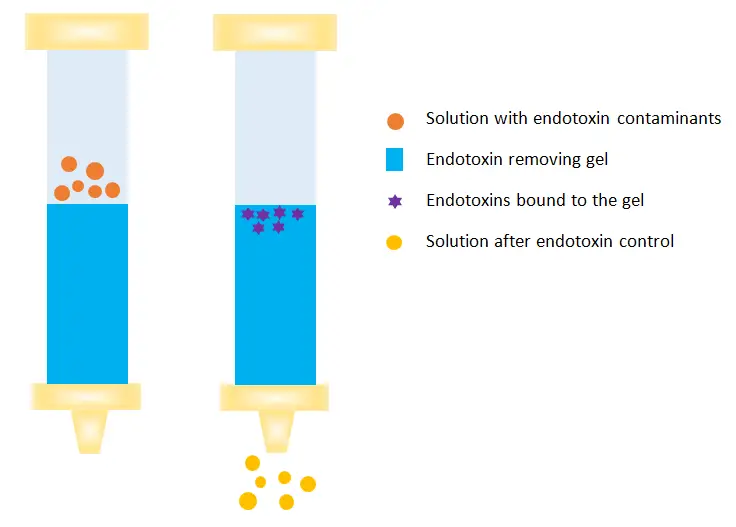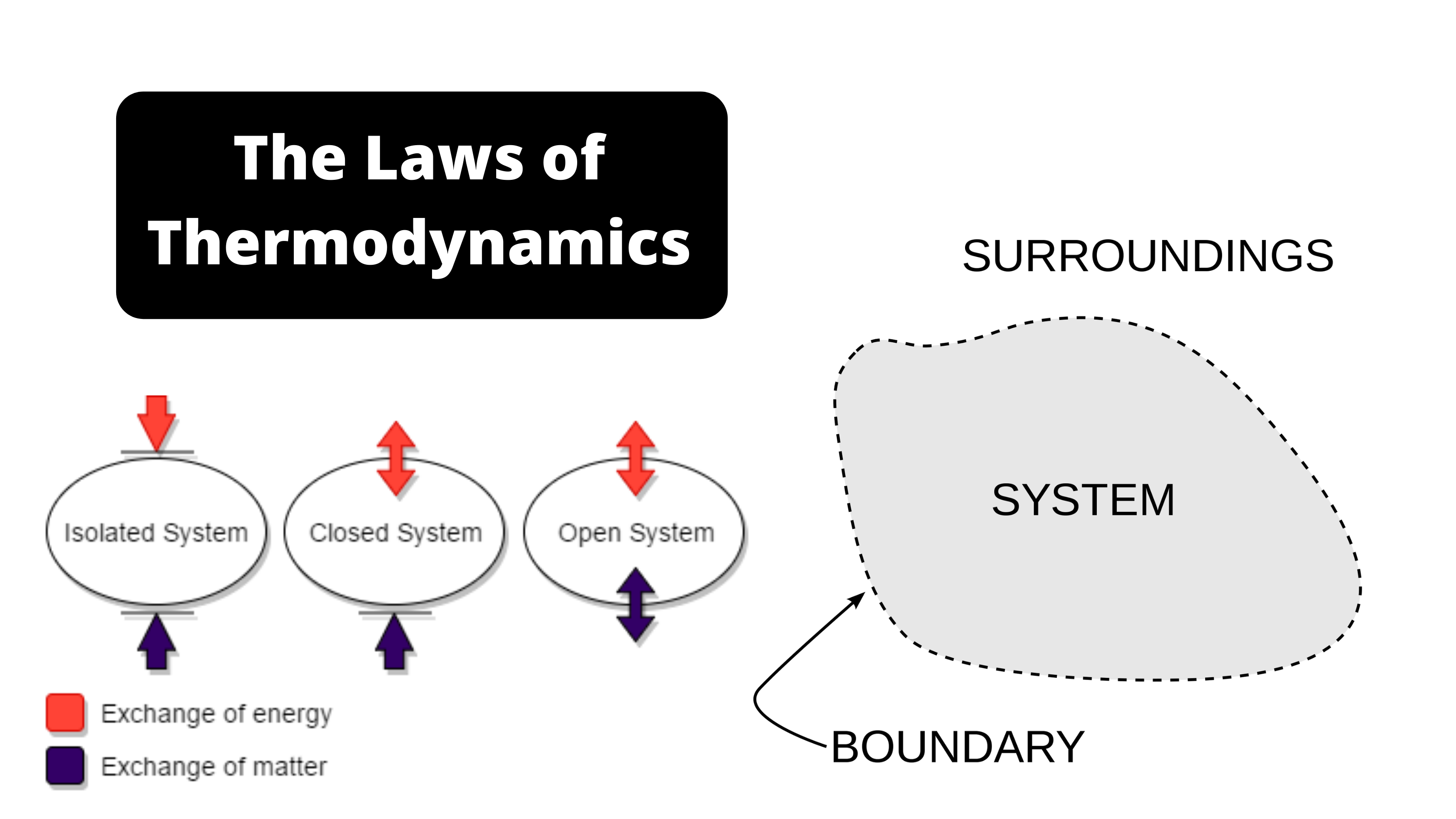Gibbs Free Energy
Gibbs free energy is also referred to as the Gibbs function. Gibbs energy, also known as free enthalpy, is the measurement used to determine the highest amount of work that can be done in a thermodynamic process when temperatures and pressures remain constant. Gibbs free energy can be identified by the symbol “G”. Its value … Read more
